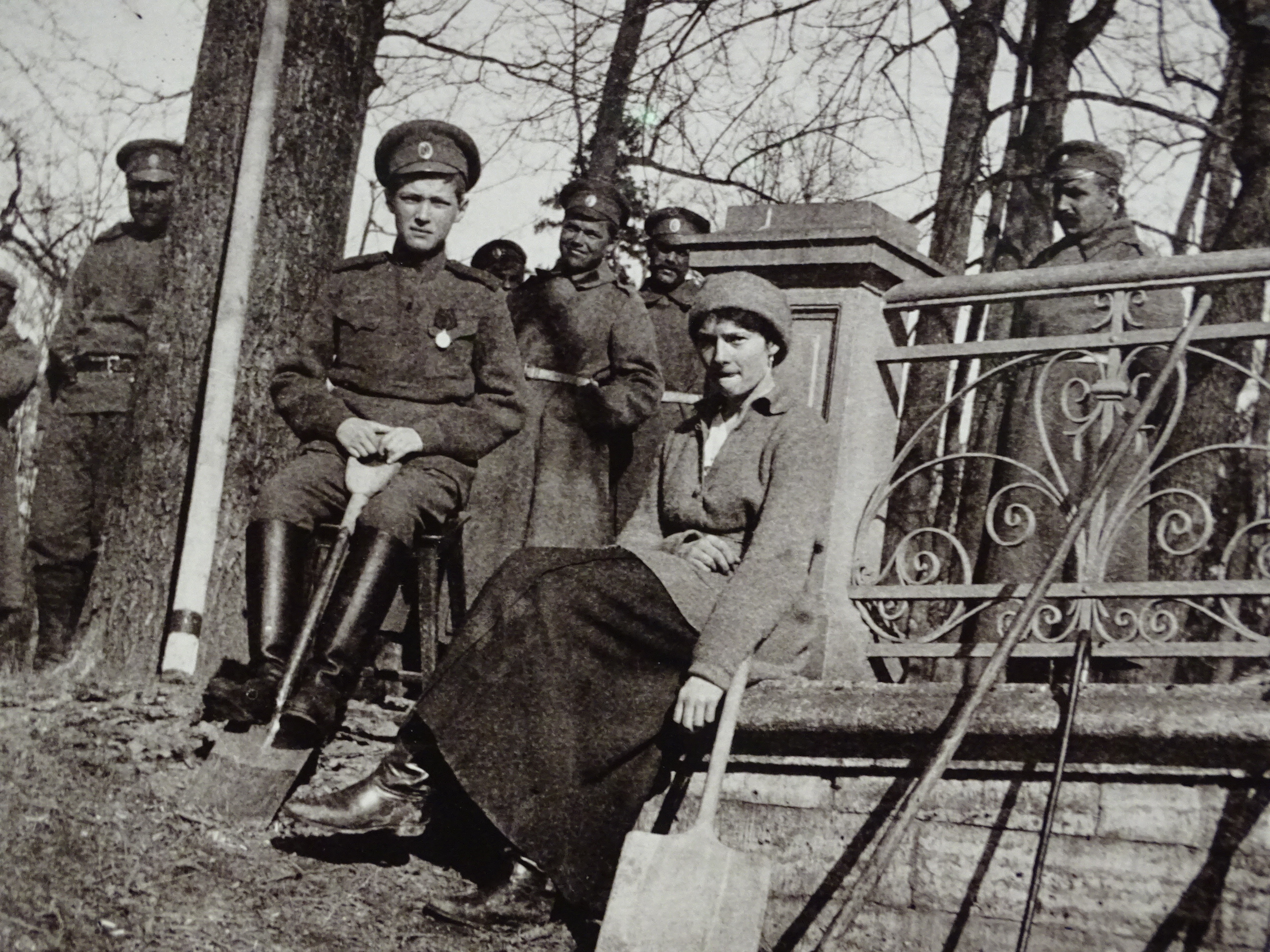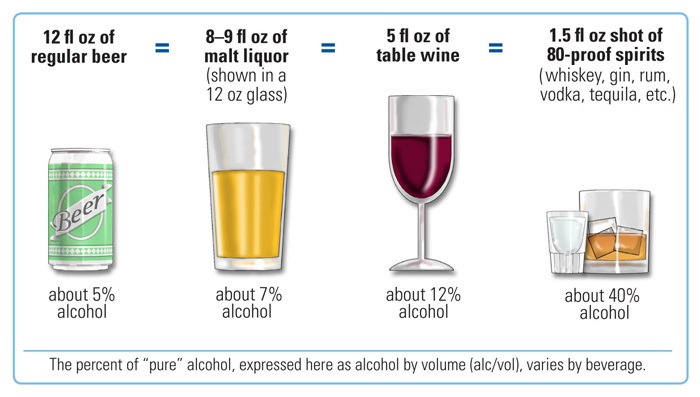|
David K. Clark
David K. Clark (born October 23, 1953) is an English-Canadian jockey. Born in Blaydon, County Durham, England, Clark made his career in Canada, Canadian thoroughbred horse racing. He began riding professionally at Ontario racetracks in 1973 and went on to become one of Canada's most successful jockeys of all-time. Clark won the 1998 Sovereign Award as Sovereign Award for Outstanding Jockey, Canadian Champion Jockey and on July 17 of that year he tied a record set by Sandy Hawley in 1974 when he won six consecutive races at Woodbine Racetrack. In 1999 Clark was voted the Avelino Gomez Memorial Award. Among his more than 2,900 career wins, Clark has twice won Canada's most prestigious race, the Queen's Plate. The first coming in 1981 aboard Fiddle Dancer Boy and his second in 1985 on La Lorgnette. David also won the 1984 Breeders' Stakes (on Bounding Away) to bring his win total in Canadian Classic Races to three. Divorced with two daughters, David Clark's daughter Cory Clark, Cory ... [...More Info...] [...Related Items...] OR: [Wikipedia] [Google] [Baidu] |
Jockey
A jockey is someone who rides horses in horse racing or steeplechase (horse racing), steeplechase racing, primarily as a profession. The word also applies to camel riders in camel racing. The word "jockey" originated from England and was used to describe the individual who rode horses in racing. They must be light, typically around a weight of 100-120 lb., and physically fit. They are typically self-employed and are paid a small fee from the horse trainer and a percentage of the horse's winnings. Jockeys are mainly male, though there are some well-known female jockeys too. The job has a very high risk of debilitating or life-threatening injuries. Etymology The word is by origin a diminutive of ''jock'', the Northern England, Northern English or Scottish people, Scots colloquial equivalent of the first name ''John (name), John'', which is also used generically for "boy" or "fellow" (compare ''Jack (name), Jack'', ''Richard, Dick''), at least since 1529. A familiar instance of ... [...More Info...] [...Related Items...] OR: [Wikipedia] [Google] [Baidu] |
Bounding Away
{{disambig ...
Bounding may refer to: * Establishing limits on the behavior of a process or device, see Listing and approval use and compliance * Bounding overwatch, a variety of military maneuver * A cyclical type of jumping motion See also * Bound (other) Bound or bounds may refer to: Mathematics * Bound variable * Upper and lower bounds, observed limits of mathematical functions Physics * Bound state, a particle that has a tendency to remain localized in one or more regions of space Geography *B ... [...More Info...] [...Related Items...] OR: [Wikipedia] [Google] [Baidu] |
House Arrest
In justice and law, house arrest (also called home confinement, home detention, or, in modern times, electronic monitoring) is a measure by which a person is confined by the authorities to their residence. Travel is usually restricted, if allowed at all. House arrest is an alternative to being in a prison while awaiting trial or after sentencing. While house arrest can be applied to criminal cases when prison does not seem an appropriate measure, the term is often applied to the use of house confinement as a measure of repression by authoritarian governments against political dissidents. In these cases, the person under house arrest often does not have access to any means of communication with people outside of the home; if electronic communication is allowed, conversations may be monitored. History Judges have imposed sentences of home confinement, as an alternative to prison, as far back as the 17th century. Galileo was confined to his home following his infamous t ... [...More Info...] [...Related Items...] OR: [Wikipedia] [Google] [Baidu] |
Crown Attorney
Crown attorneys or crown counsel (or, in Alberta and New Brunswick, crown prosecutors) are the prosecutors in the legal system of Canada. Crown attorneys represent the Crown and act as prosecutor in proceedings under the Criminal Code and various other statutes. Criminal prosecutions pursuant to federal statutes other than the Criminal Code, such as the '' Controlled Drugs and Substances Act'', the '' Income Tax Act'', and others, are generally (but not exclusively) conducted by the Public Prosecution Service of Canada, which also handles most narcotic case outside of Quebec and New Brunswick. There are similarities between this role and the procurator fiscal in Scotland, crown prosecutor in England and Wales and United States Attorney or district attorney in the United States. Crown attorneys are not elected. They are civil servants and may be removed from their positions pursuant to their employment agreements. Although the enactment of criminal law is under federa ... [...More Info...] [...Related Items...] OR: [Wikipedia] [Google] [Baidu] |
Preliminary Hearing
Within some criminal justice systems, a preliminary hearing, preliminary examination, preliminary inquiry, evidentiary hearing or probable cause hearing is a proceeding, after a criminal complaint has been filed by the prosecutor, to determine whether there is enough evidence to require a trial. At such a hearing, the defendant may be assisted by a lawyer. Canada In Canada, a preliminary hearing is sometimes referred to as a preliminary inquiry. During the preliminary inquiry, a hearing is held by the court to determine if there is enough evidence to justify a trial. Preliminary inquiries are only held when a person is charged with an indictable offence. The Crown Attorney may call witnesses. If there is not enough evidence, the court will dismiss the charge(s). In the aftermath of the 2016 Jordan decision, in which the Supreme Court of Canada imposed time limits on the Crown to bring criminal cases to trial, the Crown has started to use the direct indictment procedure mo ... [...More Info...] [...Related Items...] OR: [Wikipedia] [Google] [Baidu] |
Blood Alcohol Content
Blood alcohol content (BAC), also called blood alcohol concentration or blood alcohol level, is a measurement of alcohol intoxication used for legal or medical purposes; it is expressed as mass of alcohol per volume or mass of blood. For example, a BAC of 0.10 by (0.10% or one tenth of one percent) means that there is 0.10 g of alcohol for every 100 mL of blood, which is the same as 21.7 mmol/L. A BAC of 0.10 by (0.10%) is 0.10 g of alcohol per 100 g of blood (23 mmol/L). A BAC of 0.0 is sober; in different countries the maximum permitted BAC when driving ranges from about 0.04% to 0.08%; BAC levels over 0.08% are considered very impaired; above 0.4% is potentially fatal. Effects by alcohol level Estimation by intake Blood alcohol content can be estimated by a method developed by Swedish professor in the 1920s: :EBAC = \frac\times100\%-\beta\times T where: * is the mass of alcohol consumed. * is the ratio of body water to total weight. It v ... [...More Info...] [...Related Items...] OR: [Wikipedia] [Google] [Baidu] |
Driving Under The Influence
Driving under the influence (DUI)—also called driving while impaired, impaired driving, driving while intoxicated (DWI), drunk driving, operating while intoxicated (OWI), operating under the influence (OUI), operating vehicle under the influence (OVI), and drink-driving (UK/Ireland)—is the offense of driving, operating, or being in control of a vehicle while impaired by alcohol or other drugs (including recreational drugs and those prescribed by physicians), to a level that renders the driver incapable of operating a motor vehicle safely. Terminology The name of the offense varies from jurisdiction to jurisdiction and from legal to colloquial terminology. In the United States, the specific criminal offense is usually called driving under the influence, but states may use other names for the offense including "driving while intoxicated" (DWI), "operating while impaired" (OWI) or "operating while ability impaired", and "operating a vehicle under the influence" (OVI). Such ... [...More Info...] [...Related Items...] OR: [Wikipedia] [Google] [Baidu] |
Kleinburg
Kleinburg is an unincorporated village in the city of Vaughan, Ontario, Canada. It is home to the McMichael Canadian Art Collection, an art gallery with a focus on the Group of Seven, and the Kortright Centre for Conservation. In 2001, the village and its surrounding communities had a population of 4,595; the village itself has 282 dwellings, with a population of 952. Kleinburg comprises a narrow section of hilly landscape situated between two branches of the Humber River. The historic village is bounded by Highway 27 on the west and Stegman’s Mill Road to the east. Kleinburg has subsumed the nearby hamlet of Nashville, but it has not itself been fully subsumed into the main urban area of Vaughan. Geography The village is located between two branches of the Humber River, and features dense forests throughout its 1.05 km² of land area. Its northern and western peripheries are primarily agricultural. History The community was founded in 1848 by John Nicholas Kline (1825� ... [...More Info...] [...Related Items...] OR: [Wikipedia] [Google] [Baidu] |
York Regional Police
The York Regional Police (YRP) are a law enforcement organization that serves over 1.1 million residents in the York Region of Ontario, Canada, located north of Toronto. YRP was formed in 1971 from the police forces maintained by the nine municipalities which amalgamated into York Region at the time. While YRP provides marine policing in the waters on Lake Simcoe, policing for Georgina Island (as well as Fox and Snake islands) is provided by the Georgina Island Police with assistance from the Ontario Provincial Police. The islands have had separate policing under Ontario First Nation policing since 1978. History The York Regional Police were formed in 1971, when the province forced the creation of a regional upper-tier municipal government that included the lower-tier municipalities of York County. Prior to 1971, there were several police forces serving individual communities: * County of York Constabulary * King Township Police; * Vaughan Township Police - dates back to the ... [...More Info...] [...Related Items...] OR: [Wikipedia] [Google] [Baidu] |
Canadian Triple Crown Of Thoroughbred Racing
The Canadian Triple Crown (branded as the OLG Canadian Triple Crown for sponsorship reasons) is a series of three Thoroughbred horse races run annually in Canada which is open to three-year-old horses foaled in Canada. Established in 1959, the series is unique in that it shares the same distances as its American counterpart but is contested on three different track surfaces. The first leg, the King's Plate in August, is contested at 1¼ miles on Tapeta at Woodbine Racetrack in Toronto, Ontario, whereas the Prince of Wales Stakes in September is a 1³/16 mile event run on dirt at Fort Erie Race Track in Fort Erie, Ontario. The final leg is the 1½ mile Breeders' Stakes in October, which is run on turf over one full lap of the E. P. Taylor Turf Course at Woodbine. The Canadian Triple Crown shares another characteristic with its American counterpart – all of the races in both series are open to geldings. This differs from the situation in Europe, where many important flat r ... [...More Info...] [...Related Items...] OR: [Wikipedia] [Google] [Baidu] |
Prince Of Wales Stakes
The Prince of Wales Stakes is a Canadian Thoroughbred horse race run annually at Fort Erie Race Track in Fort Erie, Ontario. Restricted to only three-year-old horses bred in Canada, it is contested on dirt over a distance of miles (1.9 km; furlongs). In 1959, the Prince of Wales Stakes became the second race in the Canadian Triple Crown series. It follows the June running of the King's Plate and precedes the Breeders' Stakes in August. The race was inaugurated in 1929 at the now defunct Thorncliffe Park Raceway in today's Thorncliffe Park neighbourhood of central east Toronto. Historical notes In 1959, the E.P. Taylor colt New Providence emerged as a Triple Crown champion in its first year of existence. In the ensuing years, six more three-year-olds have equaled the feat. In 2014, it was decided to grandfather the five horses who had won the series prior to 1959 as well. According to the racetrack's website, for fans, the most popular winner of the race was the Canadi ... [...More Info...] [...Related Items...] OR: [Wikipedia] [Google] [Baidu] |



